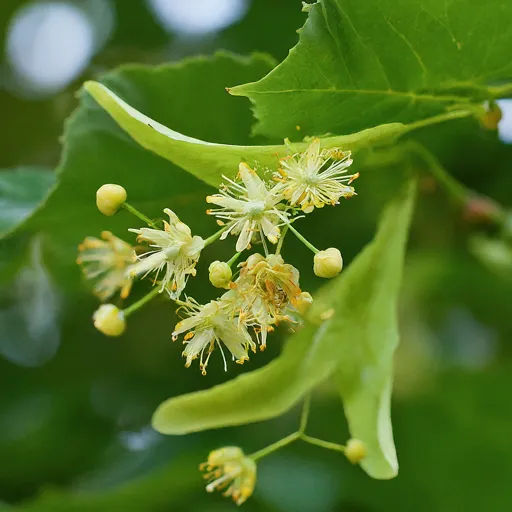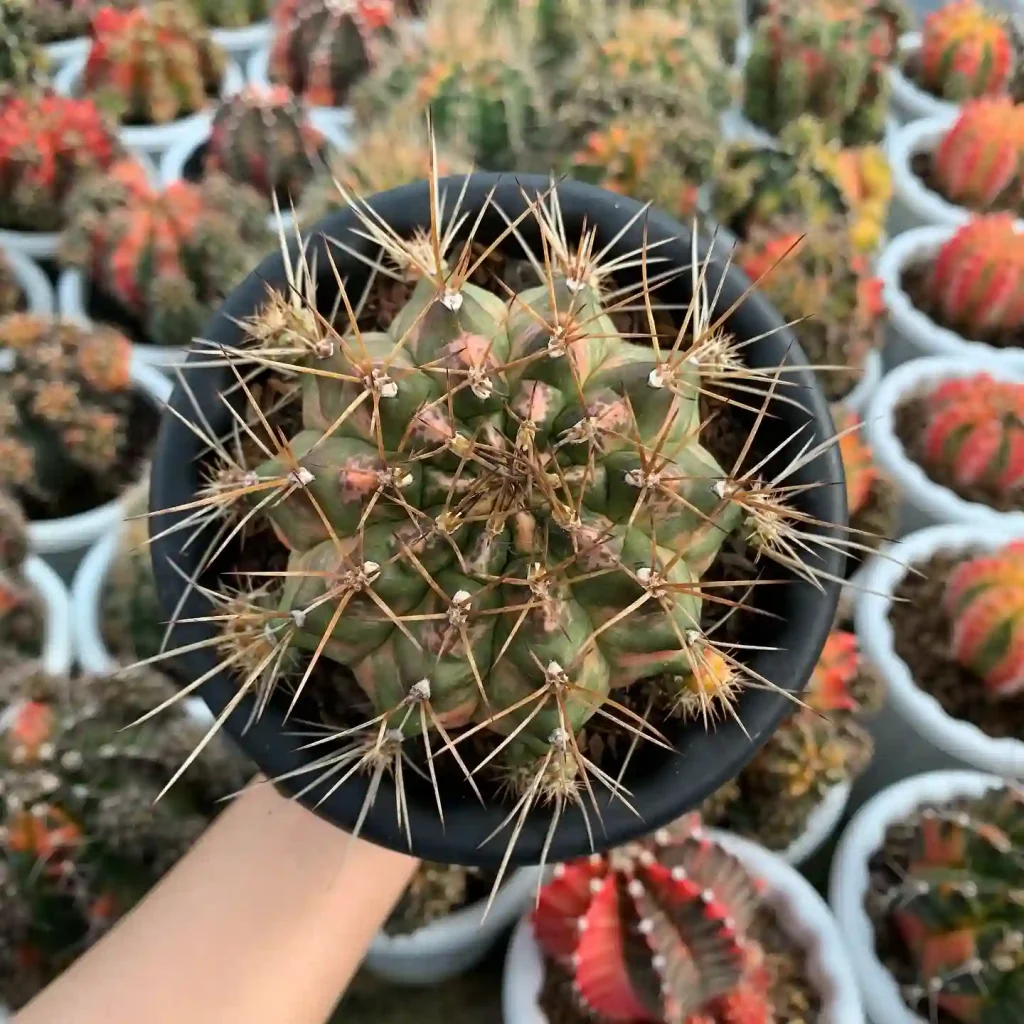A Summertime Encounter: My Unexpected Journey with Vitis aestivalis
The humid air clung to me like a second shirt as I pushed deeper into the woods behind my grandpa’s cabin. Sunlight dappled the forest floor, casting fleeting shadows that danced with every rustle of leaves. It was on this particular afternoon, amidst the symphony of buzzing insects and chirping birds, that I stumbled upon a sight that would ignite a newfound fascination: Vitis aestivalis, the summer grape.
84 Species in Genus Vitis
These weren’t the plump, juicy grapes I was used to seeing at the grocery store. These were smaller, a deep, almost inky purple, clinging stubbornly to twisting vines that snaked their way up towering oak trees. Curiosity piqued, I knelt down to examine them closer. A faint sweetness tickled my nose, and I couldn’t resist the urge to pluck a single berry. Its skin was surprisingly tough, and the flesh inside, though sweet, was tart and packed with tiny seeds.
This wasn’t a grape for casual snacking, I realized. Yet, there was an undeniable charm to these wild vines, a resilience that spoke of their deep connection to the land. That day, I embarked on a quest to learn everything I could about Vitis aestivalis, the unassuming summer grape.
Where Does Vitis aestivalis Thrive?
Unlike its European cousins, Vitis aestivalis is a native North American species. Its range stretches from southern Ontario all the way down to Texas and Florida, making it a familiar sight in eastern woodlands, thickets, and rocky slopes. Unlike its kin that favor moist riverbanks, the summer grape prefers drier upland habitats, basking in the warmth of the summer sun.
How to Identify Vitis aestivalis?
Identifying Vitis aestivalis goes beyond just the fruit. Its leaves are a dead giveaway, with three prominent lobes and toothed edges. The undersides are often adorned with a fine layer of whitish hairs, a characteristic that sets it apart from its close relative, the riverbank grape (Vitis riparia).
What Birds Like Vitis aestivalis?
The small size and tartness of the summer grape might not be everyone’s cup of tea, but the winged residents of the forest certainly appreciate them. Birds like robins, catbirds, and even wild turkeys flock to these vines when the fruits ripen in late summer and early fall. The burst of sweetness provides a much-needed energy boost as they prepare for the colder months ahead.
Beyond Beauty: The Potential of Vitis aestivalis
While not quite the table grape we’re accustomed to, Vitis aestivalis holds its own unique potential. Winemakers are starting to experiment with this native species, creating lighter-bodied wines with a distinct flavor profile. The fruit can also be used for jams, jellies, and even vinegar, adding a touch of wild flavor to your pantry.
How to Care for Vitis aestivalis?
For the adventurous gardener, cultivating Vitis aestivalis can be a rewarding challenge. These vines are vigorous growers, requiring a sturdy trellis or support structure to climb. They thrive in full sun and well-drained soil, with moderate watering needs. Patience is key, as it can take several years for your summer grape to reach maturity and produce fruit.
What to Plant with Vitis aestivalis?
Vitis aestivalis can be a charming addition to a native plant garden, attracting pollinators and creating a wildlife haven. Consider planting it alongside other native species like dogwoods, redbuds, or even berry bushes. Just be sure to provide enough space for the vines to sprawl, as they can become quite sizeable.
My initial encounter with Vitis aestivalis sparked a passion for these wild grapes. They may not be the supermarket staple, but they represent a unique piece of the North American ecosystem. With a bit of knowledge and care, you too can cultivate this fascinating vine and add a touch of wild charm to your landscape.
If i die, water my plants!


